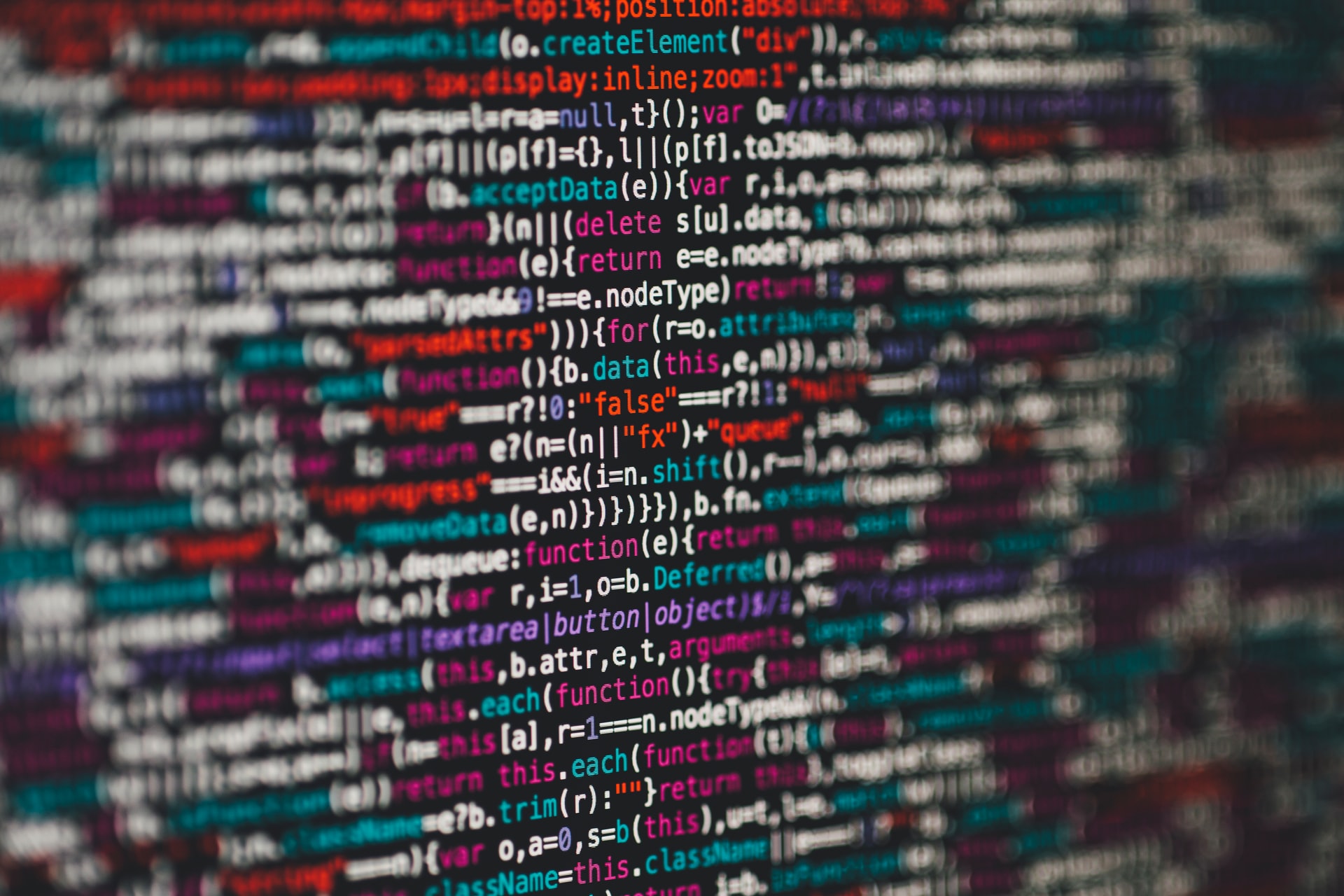All humans have bias, unconscious or otherwise – the risks and effects of which have never been more apparent than in recruitment. As such, it seems reasonable to hope that technology holds the key to achieving fairer outcomes in hiring decisions. For those committed to making the process more inclusive and organisations more diverse, the potential and ever increasing possibilities for technology as part of recruitment can appear limitless.
As the use of AI in recruitment continues to hit the headlines, automation in recruitment has become more widespread, transforming who and how companies recruit.
Although the appeal of AI is clear (and its use can be transformative in recruitment), it is important to reappraise exactly what technology can change for the better right now. By taking a more realistic look at the technology, we can recalibrate our expectations and understand the role we have to play in driving meaningful change.
A deep dive into interviews
When we look at recruitment in general, it is the interview process that can be the single most significant part of the hiring puzzle. This is, after all, where organisations decide the makeup of their teams and it is also often the first (and possibly only) experience a candidate might have of that organisation.
HR professionals have known for some time that exceptional organisations need to conduct high-quality, fair interviews if they want to build high-quality, diverse teams. Putting this into practice, however, has always been a challenge.
What does the data tell us?
Our own work has involved analysing tens of thousands of hours of interviews across a range of organisations. This has given us robust datasets which clearly demonstrate where companies need to improve. We now know, for example, that female candidates typically have 12% less time to speak during interviews than male candidates. This is worrying as, if women are getting less air-time than men, then decisions are being made based on factors other than interview performance – precisely where bias can creep in.
We also know from our data that female candidates are typically asked 8% fewer questions during a job interview than their male counterparts. If we drill down even further into the data, it appears that women are also asked fewer follow-up questions as part of their interview. These statistics are open to interpretation of course but it could be that interviews with female candidates are not as conversational, with less natural back-and-forth between interviewer and interviewee.
It might also be the case that interviewers don’t give female candidates the additional nudges (through clarifying questions) that they afford other candidates. Either way, it’s far from ideal that interviewers are not engaging with both sexes equally, but how do we go about changing this? Making the necessary changes and significantly improving interview quality often lies in ensuring consistency.
Consistency is key
If an interview process is not consistent, then it’s hard to believe the hiring decisions made after it will be. This is where establishing metrics becomes critical. Interview metrics focus on consistency and rigour to come up with a data-driven measure of the quality of interviews being conducted at all levels within a company. Alongside this, AI-driven conversation analytics platforms record interviews, gathering vital data including the number of questions the interviewer asked, how often the interviewer probed with follow-up questions, how long the interviewer spoke for and the exact nature of each question. This data provides the insights which show which interviews are inconsistent and lacking rigour. Identifying those interviews is crucial as they can make bad or biased hiring decisions more likely.
The role of the human
The value of conversation analytics platforms is considerable but they should not and, indeed, cannot replace human beings. Quite the reverse. Instead, the technology works to help those interviewing be more effective. It can identify where an interviewer is being inconsistent and it adds much-needed rigour to a process that, in many cases, has previously been too casual. Low-rigour interviews make it likely that you’re not finding out enough about each candidate which makes final decisions harder to make and results in less efficient processes..
When it comes to hiring, humans can never be replaced by robots. We now have the tools to empower skilled interviewers with data and AI-driven insights to make the process work better than ever before but interviewing is a fundamentally human activity. I believe it should be kept that way.









